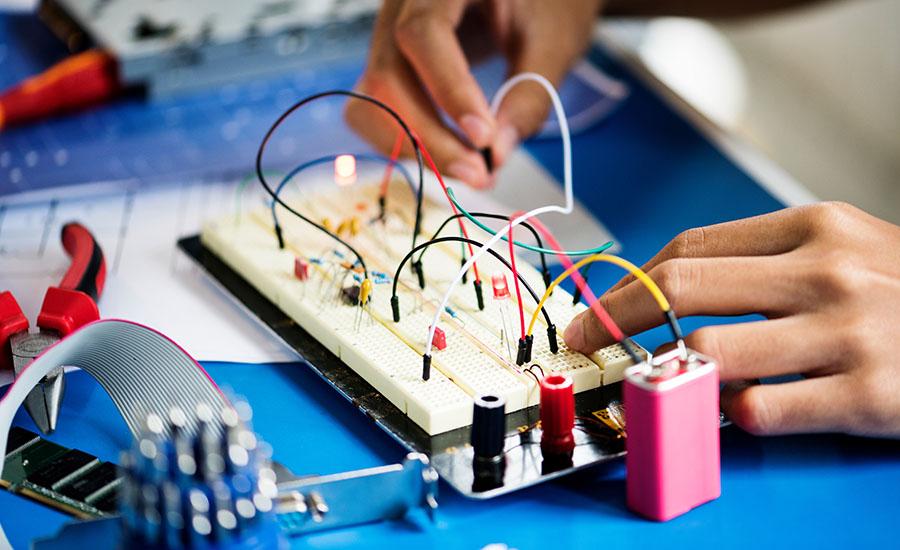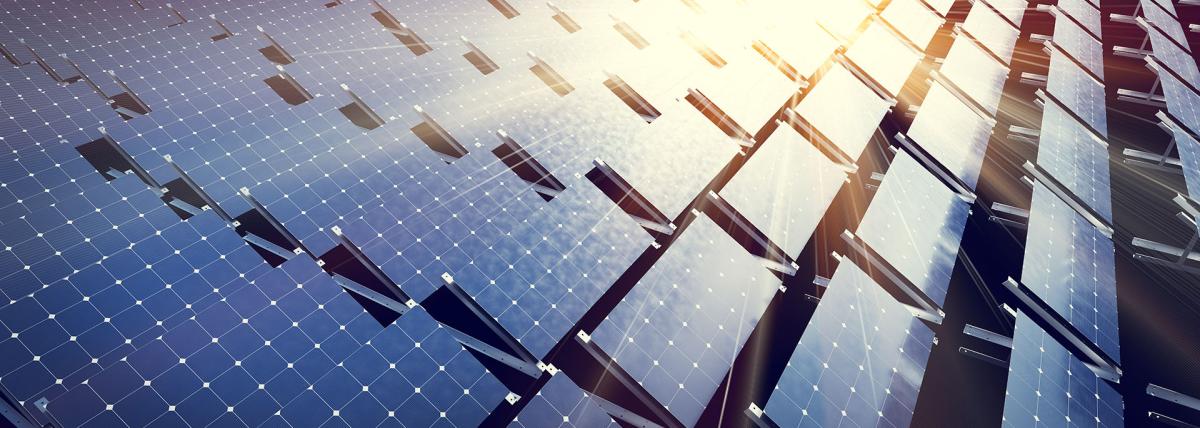
Flow of Energy through Electric Currents
In this lesson, students will develop and use the model of a simple circuit to explain how energy is moved through electric currents. The current and voltage in circuits with 1 dry cell and 2 dry cells are compared. Students observe that the ammeter and voltmeter readings are greater in the circuit with 2 dry cells as compared to the circuit which has only one dry cell. Also, the bulb in the circuit with 2 dry cells glows brighter than the bulb in the circuit with only 1 dry cell. This lesson will show students that as the voltage increases, the current also increases.
Lesson Grade Level
4th GradeLesson Plan Link/URL
https://docs.google.com/presentation/d/1ocU0GLhk-qAn6bA3F-NGh6TgECe59xg3/edit?u…Subject Area
Science Physical Science P4: Energy Transfer Mathematics Measurement and Data (MD) English Language Arts (ELA) WritingRelated Content

In this inquiry-based lesson, students explore energy with the phenomenal Newton's cradle. They will be able to understand and apply the Law of Conservation of Energy. Students will identify the

Students design and build air powered gliders in this engaging lesson. This is a fun way to teach and apply principles of force as they apply to flight including lift, gravity, thrust, and drag

Engineering of the traditional and contemporary Navajo/Diné Hogan using the sun's light to produce electricity. Students create a model of the Navajo/Diné hogan and incorporate solar energy concepts.